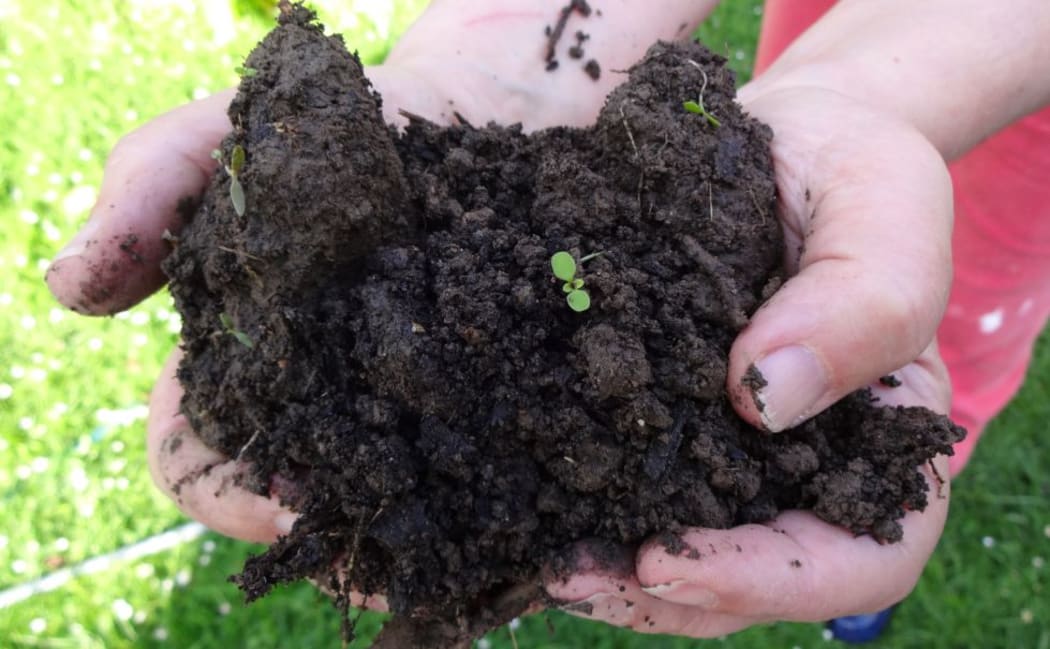We’re just as dependent on soils as we are on air or water.
Neil McKenzie, CSIRO

Photo: RNZ / Veronika Meduna
December 5 is World Soil Day and the United Nation’s Food and Agriculture Organization is preparing for the release of the first global assessment of soil quality.
Soil scientists from around the world have come together to produce the first Status of the World Soil Resources report, a comprehensive assessment of soils and the impacts of erosion, contamination, changes in soil organic carbon, and nutrient imbalance.
Neil McKenzie, the chief research scientist at CSIRO Agriculture in Canberra, is one of the lead authors, and he says the report provides a benchmark and a call to action.
Globally things aren’t looking good for our most under-appreciated resource.
There is cause for optimism in some regions, but the overwhelming conclusion is that the majority of the world’s soil resources are in only a fair, poor or very poor condition.
The most significant threats to soil function are erosion, loss of organic carbon, and nutrient imbalance.
“The things that cause the greatest concerns are not obvious because they change very slowly. Many of the threats occur on the scale of decades. They are processes that are beyond our normal memory, but they all share a common quality in that once you know that there is a problem, it’s often too late to remedy it.”
One of the challenges is to estimate the area of arable land on the planet. “We don’t have sufficient information on the state of soils to make that assessment, but we know that many systems of land use around the world are running very inefficiently.”
For example, in many areas the gap between the current yield and potential yields is significant. “Large parts of central America, Africa and eastern Europe are in this category. All those systems can have the production of food dramatically increased.”
Even without a precise idea of how much fertile soil there is on the planet, he says he is confident that the world could feed itself even if population reaches 11 billion, as predicted for the end of this century.
To achieve that, several issues would need to be addressed, most importantly the imbalance of nutrients.
There is compelling evidence that humanity is close to the global limits for total fixation of nitrogen and regional limits for phosphorus use. We have many areas now where there is too much nutrient in the landscape, and that has significant offside impacts on rivers, coastal zones and also in greenhouse gas emissions.
In sharp contrast, he says large areas in west and east Africa, eastern Europe and central Asia have soils with insufficient nutrient loads but can’t afford the use of fertilisers. “The logistics of getting more fertiliser to areas where soils are deficient and reducing the use in areas where there is already too much is almost a central part of the challenge globally.”
Other threats to soil quality include the loss of soil organic carbon, urban spread, which leads to some of the most fertile soils being concreted over, soil acidification, compaction, contamination, rising salinity and declining biological diversity.
Among the recommendations put forward by the Intergovernmental Technical Panel on Soils is a worldwide monitoring system "to improve our observations and forecasting for when and where soil function is being compromised".

